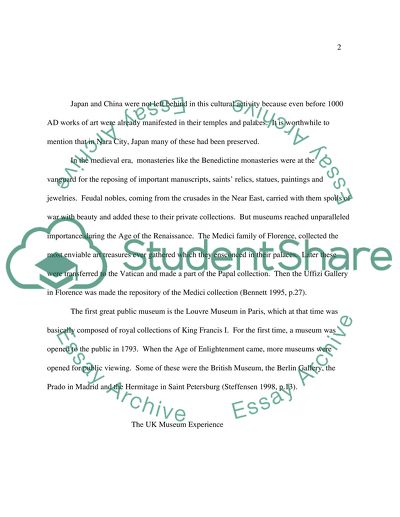Cite this document
(“Museums are Catalysts for Regeneration Essay Example | Topics and Well Written Essays - 2500 words”, n.d.)
Museums are Catalysts for Regeneration Essay Example | Topics and Well Written Essays - 2500 words. Retrieved from https://studentshare.org/miscellaneous/1504623-museums-are-catalysts-for-regeneration
Museums are Catalysts for Regeneration Essay Example | Topics and Well Written Essays - 2500 words. Retrieved from https://studentshare.org/miscellaneous/1504623-museums-are-catalysts-for-regeneration
(Museums Are Catalysts for Regeneration Essay Example | Topics and Well Written Essays - 2500 Words)
Museums Are Catalysts for Regeneration Essay Example | Topics and Well Written Essays - 2500 Words. https://studentshare.org/miscellaneous/1504623-museums-are-catalysts-for-regeneration.
Museums Are Catalysts for Regeneration Essay Example | Topics and Well Written Essays - 2500 Words. https://studentshare.org/miscellaneous/1504623-museums-are-catalysts-for-regeneration.
“Museums Are Catalysts for Regeneration Essay Example | Topics and Well Written Essays - 2500 Words”, n.d. https://studentshare.org/miscellaneous/1504623-museums-are-catalysts-for-regeneration.


